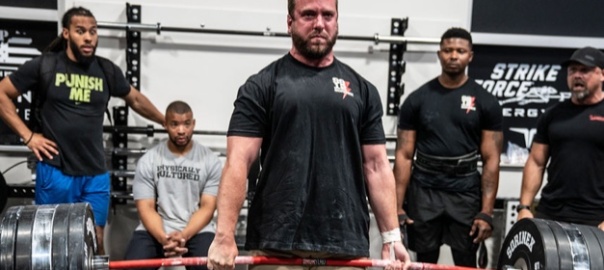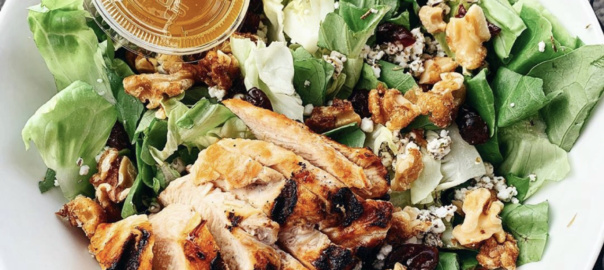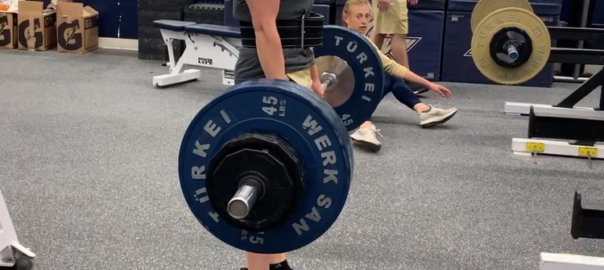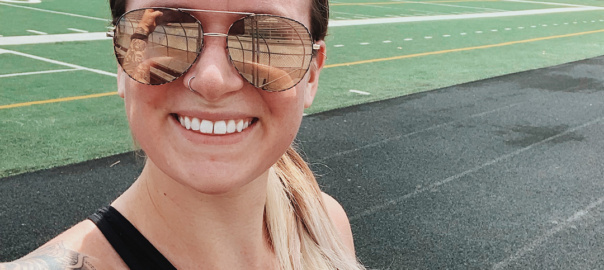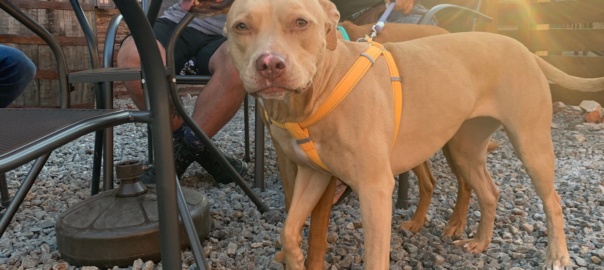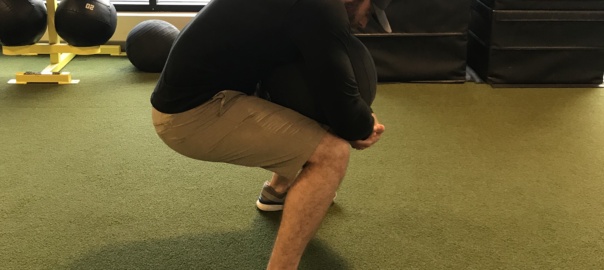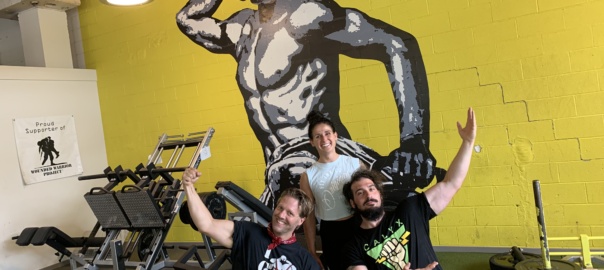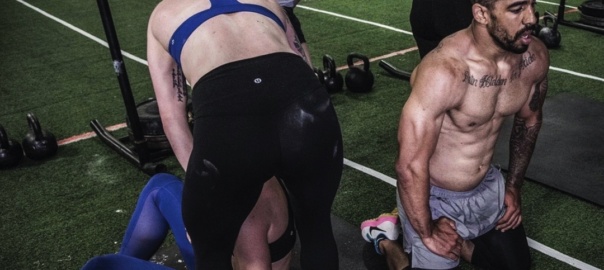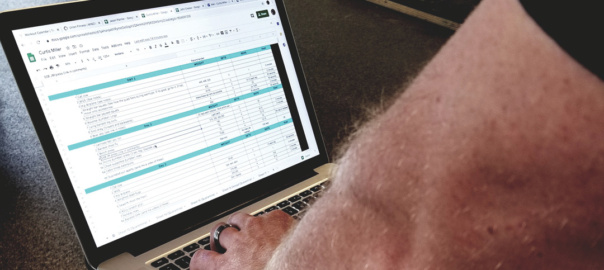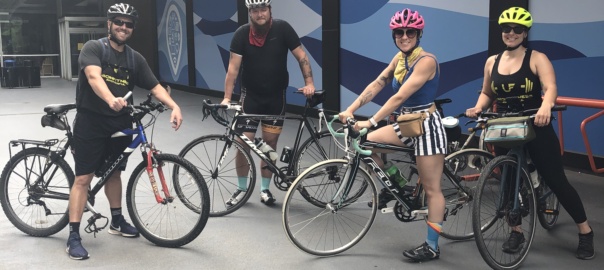Hamer and I were taking a break from some heated bocce ball matches after work one day and started having the old debate: low bar or high bar. Hamer stopped and asked the women next to us what they thought. They had no idea what the hell we were talking about. Something that we might think is so important and give each other a hard time about, this woman had no idea what it was and had never given it any thought. Something as simple as that stuck with me, where is my effort going? Is it going somewhere meaningful? What, in the big picture, what actually is strength, how is it shared, what the hell does it even mean? Does it actually matter?
I was watching Neat:The Story of Bourbon last night and they dove into how the whisky is made and its history of it. They then dove in a bit deeper, to what it means to drink bourbon, to enjoy it with the people you are with. I found it paralleled strength quite a bit in my life. Getting strong is great, getting strong with people you care about is better. Often,the most important training is just getting under the bar with a loved one or pushing some sleds with a brother/sister. Sometimes numbers aren’t always the most important unless we’re in competition. But going through the day in day out of training next to someone else gives meaning to those numbers. I still want to chase a 700lb deadlift before I go 6ft under, but I know I’m plenty training sessions away from that. However, by saying the numbers aren’t as important I mean when you’re training, I train with a guy that isn’t as physically strong as me, but mentally is so much more. On “those days” he knows he has to step in and get me out of my head and back under a bar.
The other thing that has added meaning to my training is this; the harder I train, the more disciplined I am, the harder I train, the more compassionate I find myself feeling. I hear this alot in the combative sports, that the more time you spend training, getting choked out, the more compassionate and peaceful you find yourself outside of training. I think the same is true for lifting. My rack is where I can be aggressive, angry, whatever the hell I want to be, push my training partners and get after it, with any and every four letter word I want. but as soon as I step away, I’ve found a peace.
Which brings it back to the struggle. We always usually have a struggle, and the people we go through that struggle with are the ones usually closest to us. Training fosters that as we usually choose our struggle and our training partners are crazy enough to join us in it everyday. Struggle teaches us to enjoy the hard work with those we care about. One of my favorite training sessions wasn’t a heavy single (although we all know those are the best) but it was a barbell and a few hundred pounds of bumpers in the middle of a dirt road before a buddies wedding while we had a couple of beers and cleaned. Strength came down to this for me: it’s not about the barbell, it’s about the lives you touch and the people you meet. Strength is just a byproduct of a good relationship and like good bourbon takes time,the hard parts can’t be skipped and it can never be rushed.
